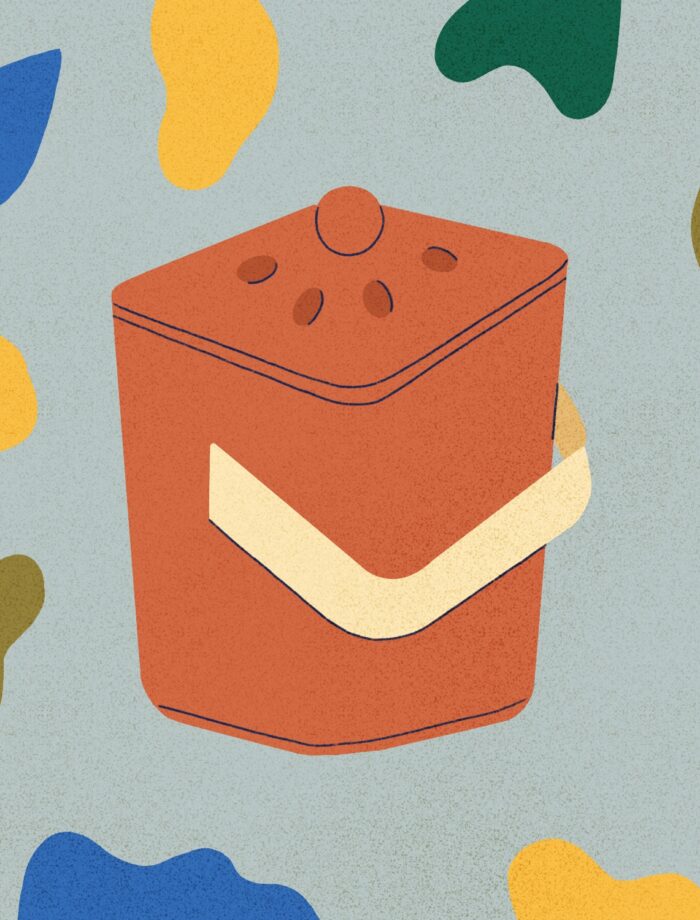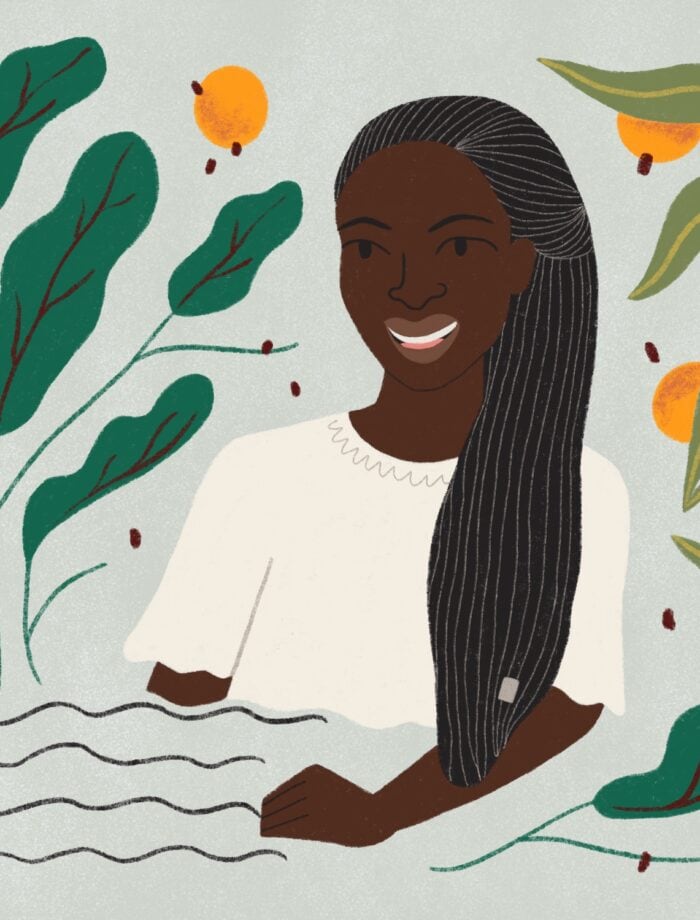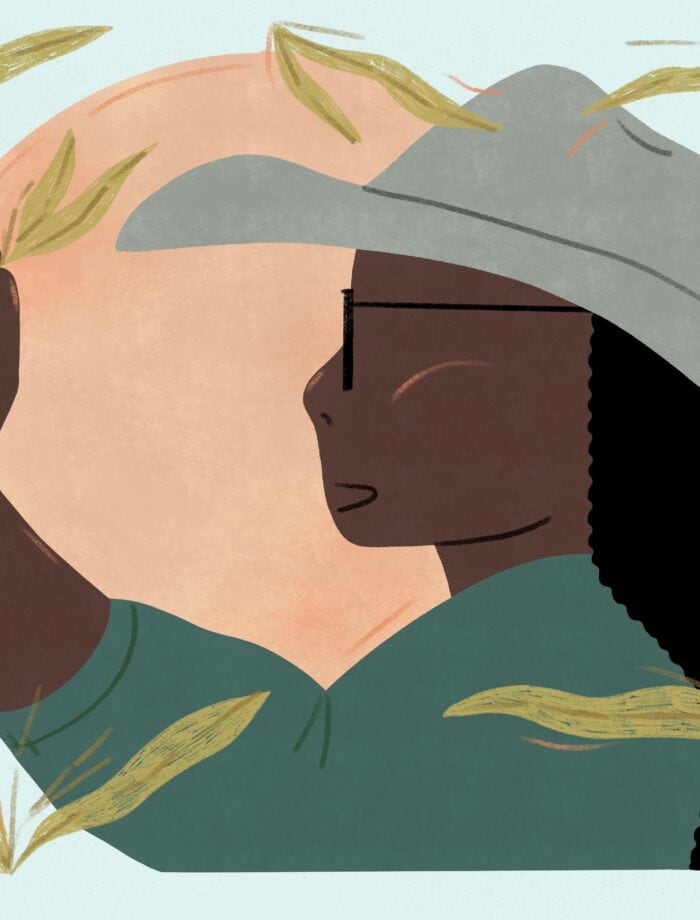This interview was conducted by our own Maia Welbel. With lovely illustrations from Morgan Skye, a digital illustrator from the East Coast. You can see more of Morgan’s work over on Instagram.
—
I first met Dr. Francesca Zampollo when she was speaking in Chicago at a conference on sustainable food. About halfway through her lecture on the environmental impact of food waste and packaging, she paused and said to the audience, “I’m going to offer some solutions, and here is where you are either going to love me or hate me.” Then she flipped to a slide that had two words on it: veganism and minimalism. I was immediately hooked.
As the founder of The International Food Design Society (IFDS) and The Online School of Food Design, Francesca has created a new framework for innovation in the food industry. She speaks with the kind of infectious enthusiasm that disrupts the status quo. If anyone can turn our gas-guzzling plastic peddling food system around it’s Francesca.
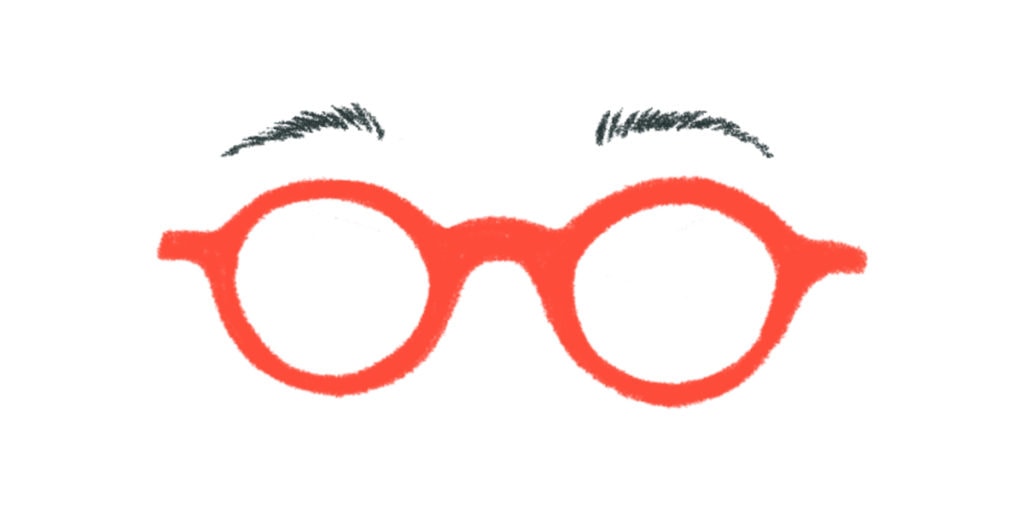
Tell me about your background. How did you become the creator of Food Design Thinking?
I started in industrial design, designing washing machines and air conditioners—boring things like that. And then one day I came across this idea of food design and fell in love with it. I got my Master’s and Ph.D. in food design, and from there I said goodbye to the world of designing tangible things and started focusing on the experience and emotional aspects of eating.
While I was working on my Ph.D., I found that there was a lot of confusion about what food design actually is. Every article or blog post seemed to define it differently. Anything from dishes to chairs to potato peelers was being called food design, and a product designer, a chef, and somebody working in hospitality would all be food designers. I found it hard to approach, and I thought that if I wanted a clearer definition maybe other people did too. So from that came my first categorization of the subdiscipline of food design.
I founded IFDS in 2009 and organized three research conferences. I quickly found that there were a lot of people who wanted their research to be labeled as food design, so the conferences were very successful at forming this community.
In my personal research, because I was interested in studying the experience of eating, I became fascinated with a concept by Roberto Verganti, who was differentiating between incremental design and radical design. When we design something that proposes incremental changes it’s just making minor improvements to something that is already on the market. But when we design something that proposes radical innovation, that is when we create something meaningful. So I started this project called In Search of Meaningful Food where I tried to understand why some food elicits an emotional response and some don’t. The bulk of my research for my Ph.D. was in design theory and creativity applied to food design, so from there emerged the first seeds of what I, later on, started calling Food Design Thinking.
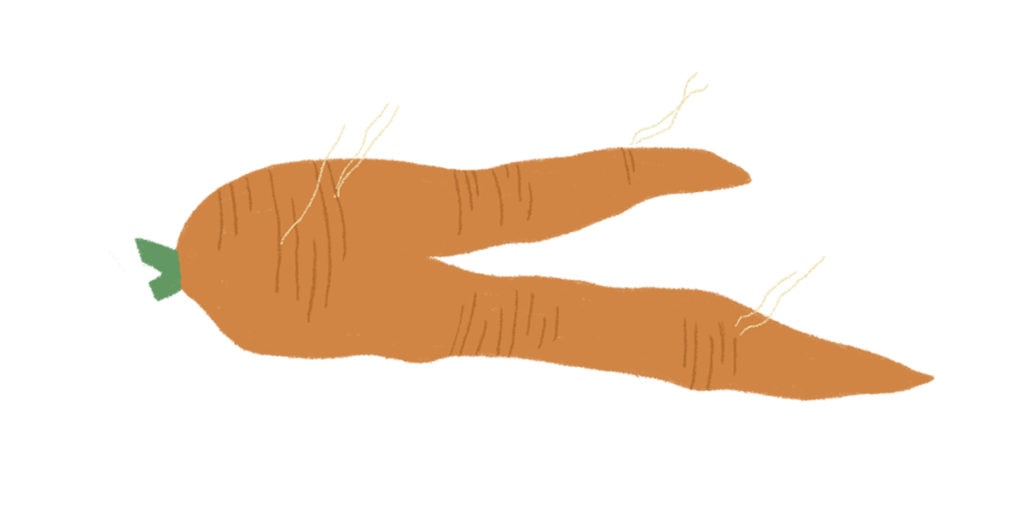
So what exactly is Food Design Thinking?
Design thinking gives designers a series of concrete tools that help designers design for the user. It makes designers embrace the importance of empathy. Food Design Thinking is a food-specific branch of design thinking. I argue in my research that if you use the Food Design Thinking process, your chances of posing a radical innovation is going to be higher, so your chances of creating something that is meaningful, valuable, and emotional is going to be higher.
What got you interested in sustainability and how does that come into Food Design Thinking?
We live in a world where it’s difficult not to notice the amount of trash we make everyday, plastic pollution in the ocean, air that is difficult to breathe, chemicals in our food, and everything else. It was an evolution for me to figure out how I wanted to fight that.
I noticed that in the universities where I taught, sustainability was usually one course in a designer’s degree. It was this isolated thing, which to me made no sense at all. Sustainability should be the starting point—the number one priority for anything that you’re going to design.
I started to realize that applying a sustainability mindset to food is the easiest way for each person on this planet to make an impact every day. Therefore, applying a sustainability mindset to the food design process is the easiest way to make an impact as a designer. As Michael Pollan says, each one of us has three choices per day. Each time you eat you can choose something that is better or worse for the planet.
The way Food Design Thinking guides the participant towards sustainability is through its methods, which are kind of like activities that you do to get you to the final product. I designed 52 methods for the process. Some of them overlap with the general design thinking tools, but most I created to be specific to food. Embedded within the methods are things that trigger the designer to think about sustainability.
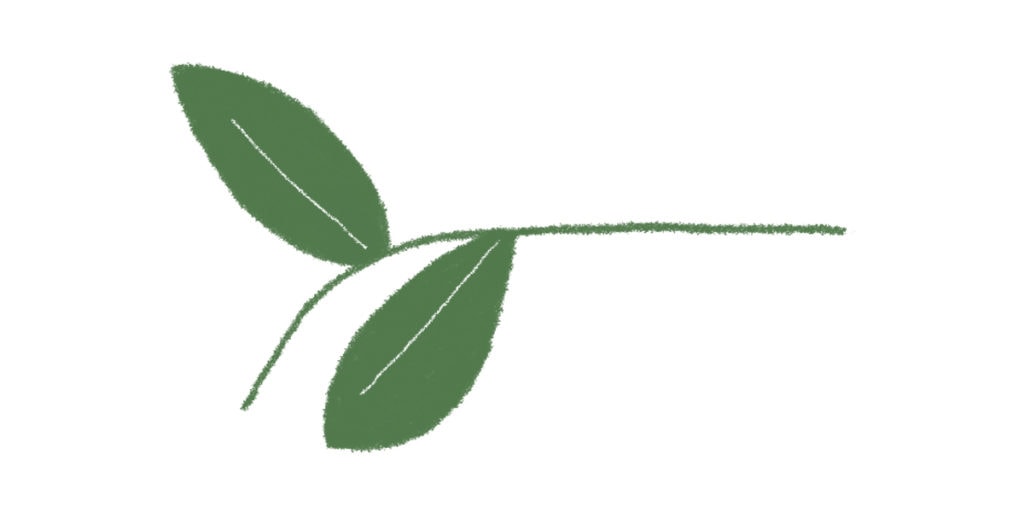
Why do you think veganism and minimalism are the solutions?
Each one of us can make a choice that promotes a more sustainable future every time we eat by applying the concept of minimalism to our diets. Minimalism is a comprehensive philosophy that has to do with owning and buying only what you really need or what really is meaningful to you. So when it comes to food, that means I should only buy the things that my body needs. Do I need a Red Bull or chewing gum? Probably not. But then there’s also the second aspect which is meaning. Maybe your grandma’s upside-down pineapple cake is really meaningful to you—that has to have a place in your life because it brings you joy, even though your body would be fine without it.
When you look at what your body does need—protein, fat, vitamins, etc.—you will quickly to realize that it is a plant-based diet. Vegetables, fruits, nuts, and seeds have everything we need. This is crucial because if you apply minimalism to the way you eat, you are basically saying no thank you to all mass-produced food. At a nutritional level, there is nothing in any mass-produced food that you do not find in plant-based food. So to me, a plant-based diet is a way to do a lot of good for your body and a lot of good for the planet.
And if we say no thank you to mass-produced food, that means we are saying no to a lot of transportation and packaging. I’ll see bananas wrapped in three types of packaging at the supermarket—and bananas have their own packaging! Unfortunately, today the vast majority of mass-produced food is worse from a sustainability perspective than plants. Even if you buy your fruits and vegetables at the supermarket, even if they have been transported and washed and the imperfect items have been thrown away, you are still buying something that is better for the planet than anything that is mass-produced.
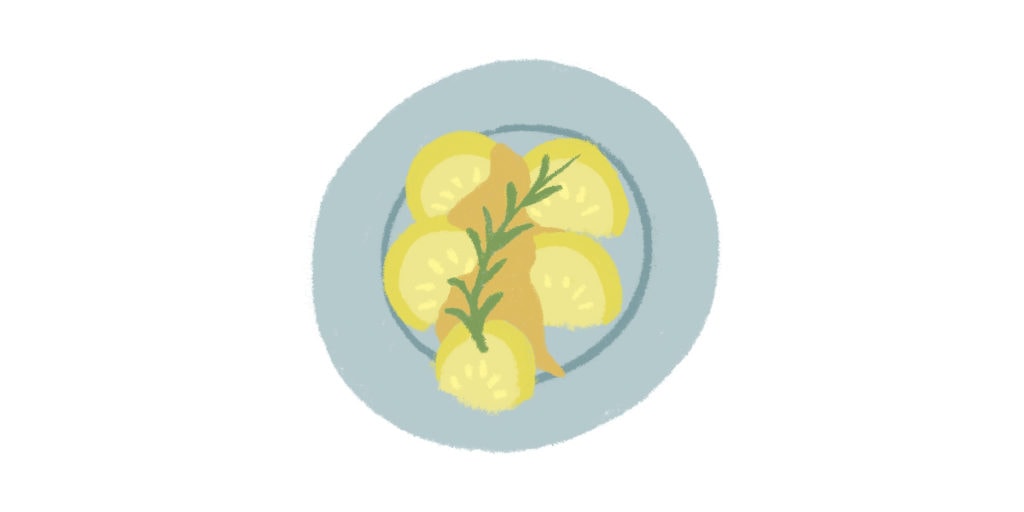
What are you working on right now?
I am working on a book that is going to put together the whole Food Design Thinking process. All 52 methods and the theory and principles behind the methodology are going to be out there and available to everyone.
That’s so exciting! What are some examples of good food design you’ve seen recently?
I make videos on YouTube to trigger discussion about food design, and the last one I made is about Bee’s Wrap, which is one of the best examples of food packaging that I’ve seen. Right now basically all food packaging is single-use, and what Bee’s Wrap does is the opposite—it’s a food packaging that can be reused many times. They brush bee’s wax onto fabric, which makes it waterproof so you can wash it and flexible so you can wrap it and it keeps its shape.
Another great example I saw recently is a company called Toast, which is a brewery that makes beer by fermenting unused bread that bakeries would otherwise throw away. I love this example because we are starting to be okay with the fact that somebody’s waste, with all the stigma around that word, is being used as somebody else’s raw material. And specifically in this case that it’s an edible product. I like that it’s starting to be okay that you’re eating somebody else’s waste.
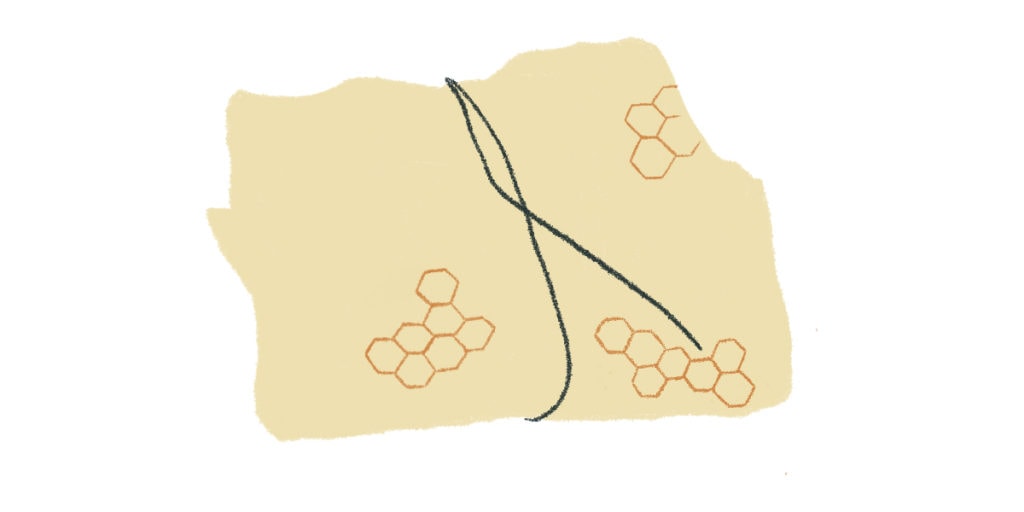
How do you like to cook for yourself?
My style of cooking and eating is quite boring. I enjoy cooking but I don’t invest a lot of time into it, so I do things that are very quick. It’s a lot of vegetables all thrown into a pan and made into a soup, often with chickpeas or other beans, a lot of salads with seeds, or just some type of vegetable that is cooked or stewed. Sometimes when I feel adventurous it will be some type of curry. What I love most is when I get the opportunity to eat with friends and enjoy the time that they put into food.
Thanks Francesca!
Learn more about Francesca at francesca-zampollo.com, subscribe to her YouTube Channel, and follow her on Instagram @fooddesignthinking


